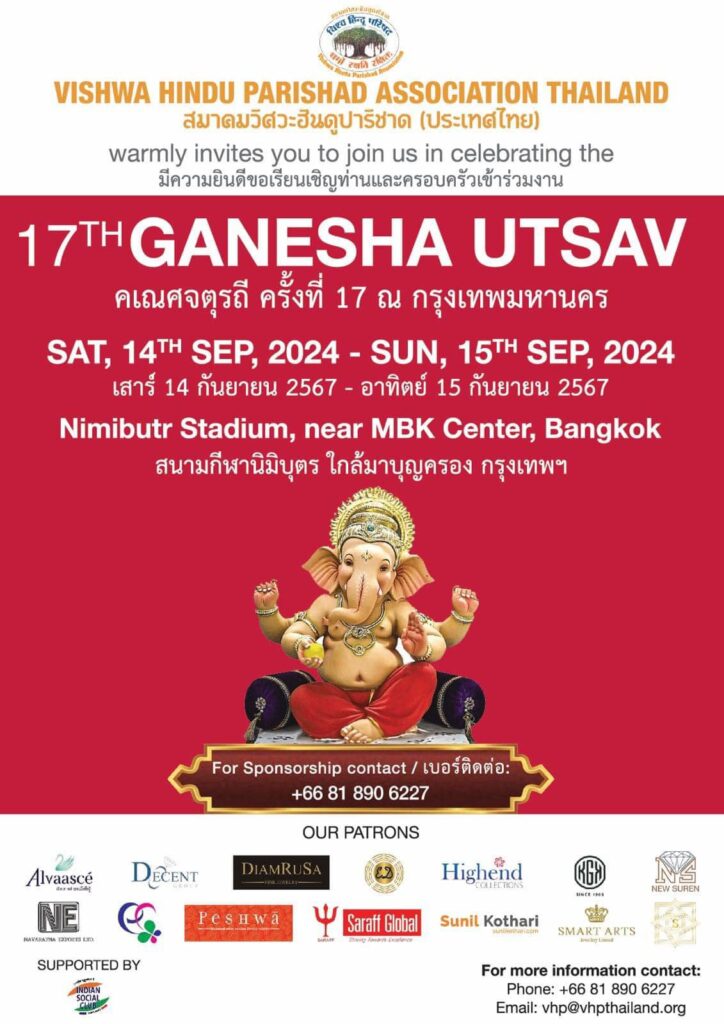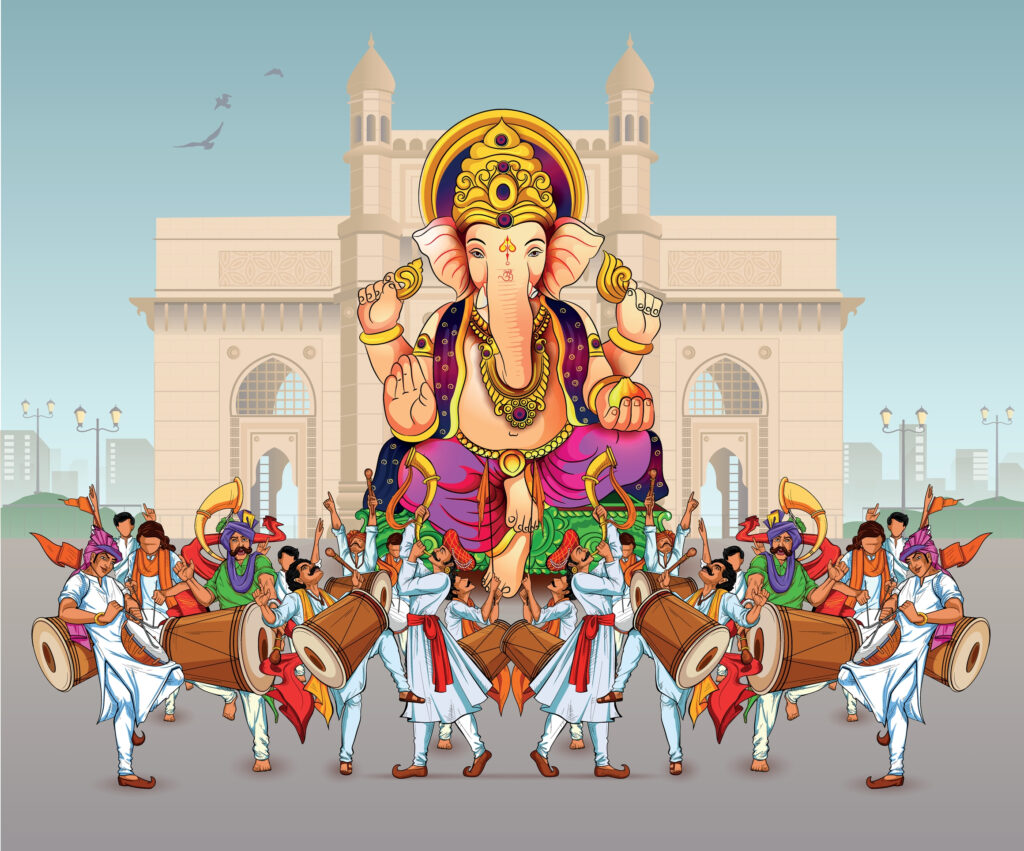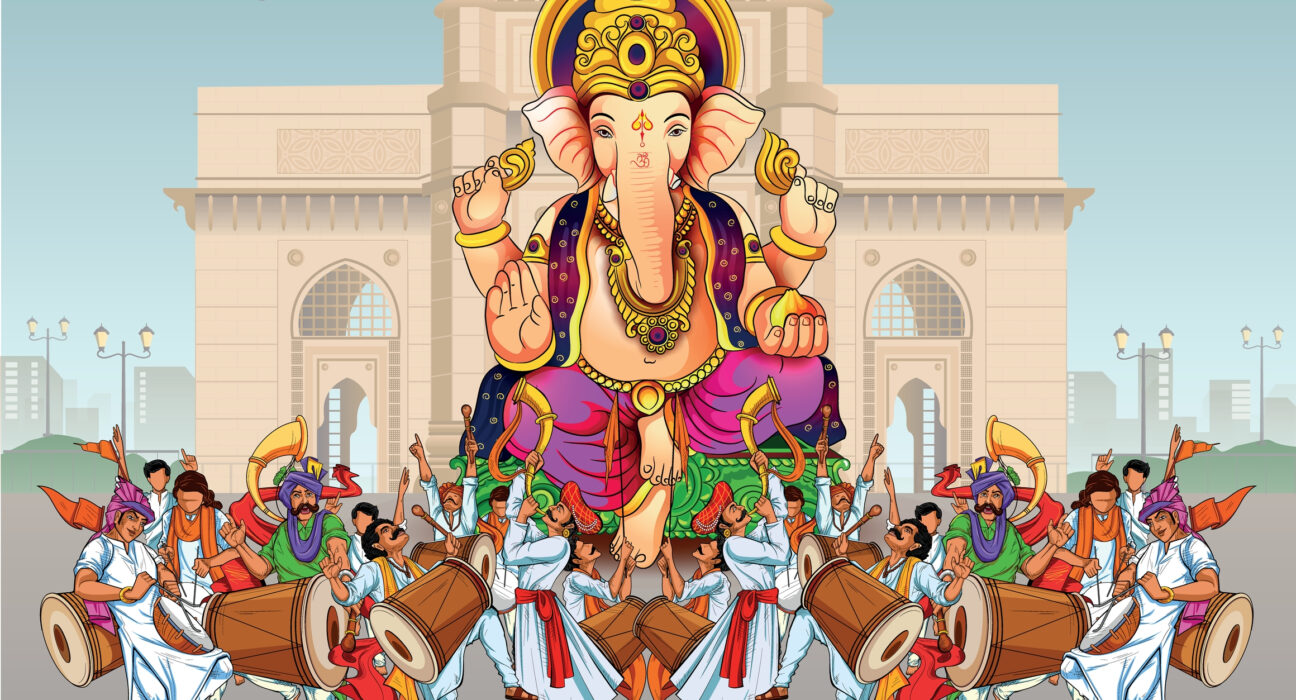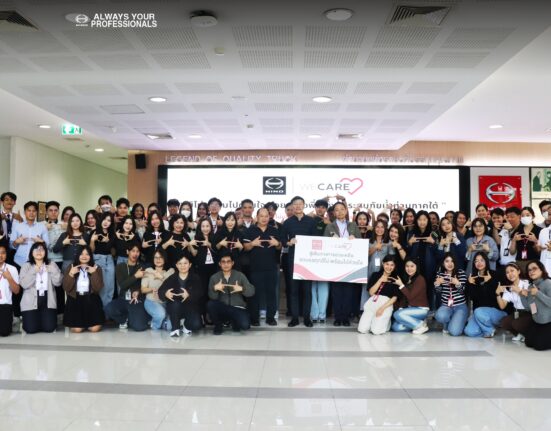The celebration of “Ganesh Chaturthi” began as a small, private tradition in people’s homes. Later, it grew into a big festival for everyone, bringing people from all backgrounds together. This happened in 1893, during British rule in India. The festival became a symbol of unity and resistance against the British.
Ganesh Chaturthi is celebrated twice a month: once during the waxing moon (Vinayaka Chaturthi) and once during the waning moon (Sankashti Chaturthi). The biggest celebrations happen twice a year: in January or February for Ganesh Jayanti (Ganesha’s birthday) and in September for Ganesh Chaturthi. This year, the festival starts on Saturday, September 7, 2024, and is especially popular in the Indian state of Maharashtra.


For a long time, many Thai people also thought Ganesh Chaturthi was Ganesha’s birthday. However, it is now widely known that his birthday is actually celebrated during Ganesh Jayanti, as mentioned in ancient texts like the Ganesha Purana and the Mahabharata. These texts agree that Ganesha’s birth happened on the fourth day of the waxing moon in the month of Magha.
Originally, Ganesh Chaturthi was a private ceremony, but it grew into a large public celebration where people from all social classes could come together. Both the highest and lowest castes were able to meet and celebrate in unity. Nowadays, with so many videos showing the grandeur of the festival, it’s no wonder people from all over the world want to see it in person.


Professor Komkrit Uytakeng once mentioned a man named Lokmanya Bal Gangadhara Tilak, who turned Ganesh Chaturthi into a political movement. In 1893, when India was under British rule, the British government banned public gatherings to prevent rebellion. Tilak, a political activist fighting for India’s freedom, saw Ganesha as a god everyone could worship, with no restrictions. He used the festival to bring people out into the streets, turning it into a peaceful protest against British rule. The large procession on the last day became the model for today’s Ganesh Chaturthi celebrations.
This year, Ganesh Chaturthi will be celebrated from September 7 to 17. People will hold ceremonies in their homes and temples, offering prayers and dances. On the last day, idols of Ganesha will be carried in processions to rivers or the sea and immersed in water, symbolizing Ganesha’s return to nature. This ritual ties into the Hindu belief in the Panchayat Devata, where Ganesha is the god of water.

In the past, Indian villagers didn’t have Ganesha idols in their homes like today. They would make small clay statues and perform rituals, offering milk, butter, flowers, and sweets. At the end of the festival, they would float these statues in water, sending Ganesha back to the heavens. Today, you can find small clay idols of Ganesha for sale everywhere during the festival.
In Thailand, Ganesh Chaturthi has been celebrated every year. One group, the Vishwa Hindu Parishad Association (Thailand), has been organizing the event for 17 years. This year, it will take place on Saturday, September 14, and Sunday, September 15, at Nimibutr Sports Center near MBK. On Sunday, they will also hold a water immersion ceremony at Phumipol Bridge Park on Rama 3 Road.

Nowadays, you can easily buy all the items needed for the festival online, like sweets, flowers, incense, and Ganesha idols. Ganesha’s favorite sweets are Modak and Laddhu, which are both very sweet.

There’s also a belief associated with the festival: on the first day of Ganesh Chaturthi, it is said you shouldn’t look at the moon. If someone accidentally sees the moon, their friends will playfully scold them. This scolding is said to break a curse that would otherwise make the person be reborn as an outcast.
The story behind this belief goes like this: After a big feast, Ganesha was riding his mouse when a cobra crossed their path. The mouse got scared, and Ganesha fell, spilling all his sweets. Not wanting to waste them, Ganesha quickly stuffed the sweets back into his belly and tied it up with the cobra. The moon saw this and laughed, which made Ganesha angry. In his anger, he threw his tusk at the moon, making the night go completely dark. The gods begged Ganesha to restore the moon, and he eventually agreed, but left the moon with scars, creating the phases of the moon we see today.
So, what do you think? Do you believe this story?
Story by: Nai Mu















Leave feedback about this